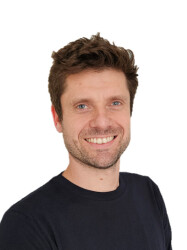BibTex format
@article{Pearce:2020:10.1308/rcsann.2019.0135,
author = {Pearce, AP and Marsden, M and Newell, N and Hancorn, K and Lecky, F and Brohi, K and Tai, N},
doi = {10.1308/rcsann.2019.0135},
journal = {Annals of the Royal College of Surgeons of England},
pages = {36--42},
title = {Trends in admission timing and mechanism of injury can be used to improve general surgical trauma training},
url = {http://dx.doi.org/10.1308/rcsann.2019.0135},
volume = {102},
year = {2020}
}

